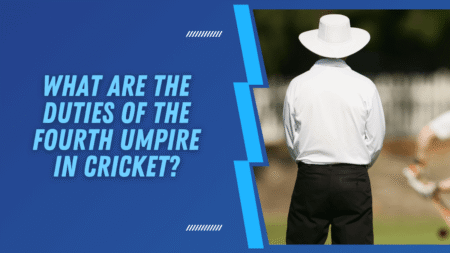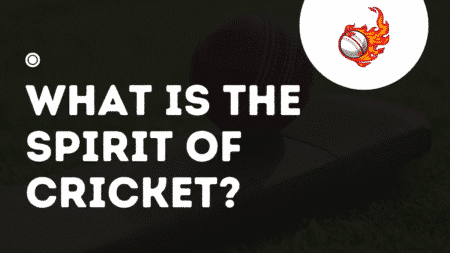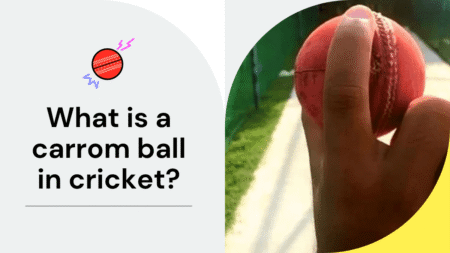

Fielders in cricket are tasked with assisting the bowlers by stopping the flow of runs, taking catches, and inflict run out dismissals whenever possible. The standards of fielding in professional cricket is very high. Fielders have no room for being sloppy on the field and need to ensure that a non-boundary event ball terminates safely by ensuring that the bowler of the wicket-keeper collect the ball at the end.
When fielders fail to either return the ball to the wicket-keeper or the bowler, or are unsuccessful in hitting the stumps when attempting a run out, the ball travels to a distance if there is no fielder to back up the ball directed to the stumps. Batters can take this opportunity to further cross ends and increase the number of runs scored on that ball. These runs are thus scored off an overthrow.
An overthrow’s worst outcome for the fielding side is when it reaches the boundary. This is because in such a scenario, the batting side gets four, plus the number of runs they ran before the overthrow. So if the batters have ran three runs and an overthrow ensues, then should this ball reach the boundary, the batting side gets seven runs for that delivery.
Another scenario that has occurred seldom is when a ball does not reach the boundary of an overthrow. If the fielder collects this ball and hurls it back such that yet again an overthrow follows, then the batters can continue running between the wickets to score runs. Theoretically, an unending overthrow is as good as unlimited runs.
Another complex scenario to consider is when a batter dives to reach the popping crease to avoid getting run out. In such a case, the ball can hit the bat and get deflected. The batters can continue to run between the wickets due to this ricochet as an unintentional deflection by the bat is considered legal.
The ball may deflect after hitting the stumps and the batter might be in the crease. In such a case, the ball’s deflection is considered in play, and the batters can identify it as an overthrow to run between the wickets to score.
An overthrow is also called a buzzer. There are two theories to suggest this. The first suggests that buzz is an eccentric flying motion. Since an overthrow by the fielding side is indeed eccentric, there is a possibility why this synonym came into existence. The second theory traces back to first World War where a missed target by the bullet was called a buzzer. Since an overthrow is most often due to the ball failing to hit the stumps, the term buzzer can be justified.








